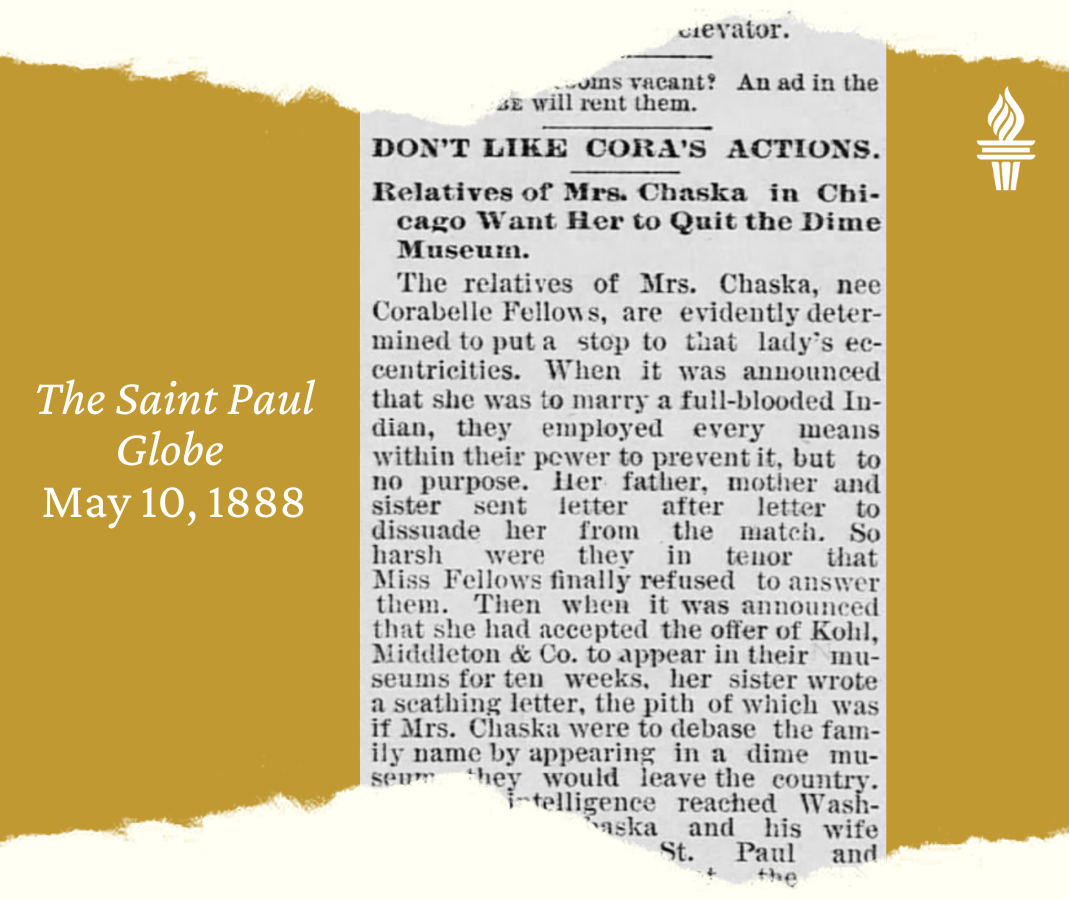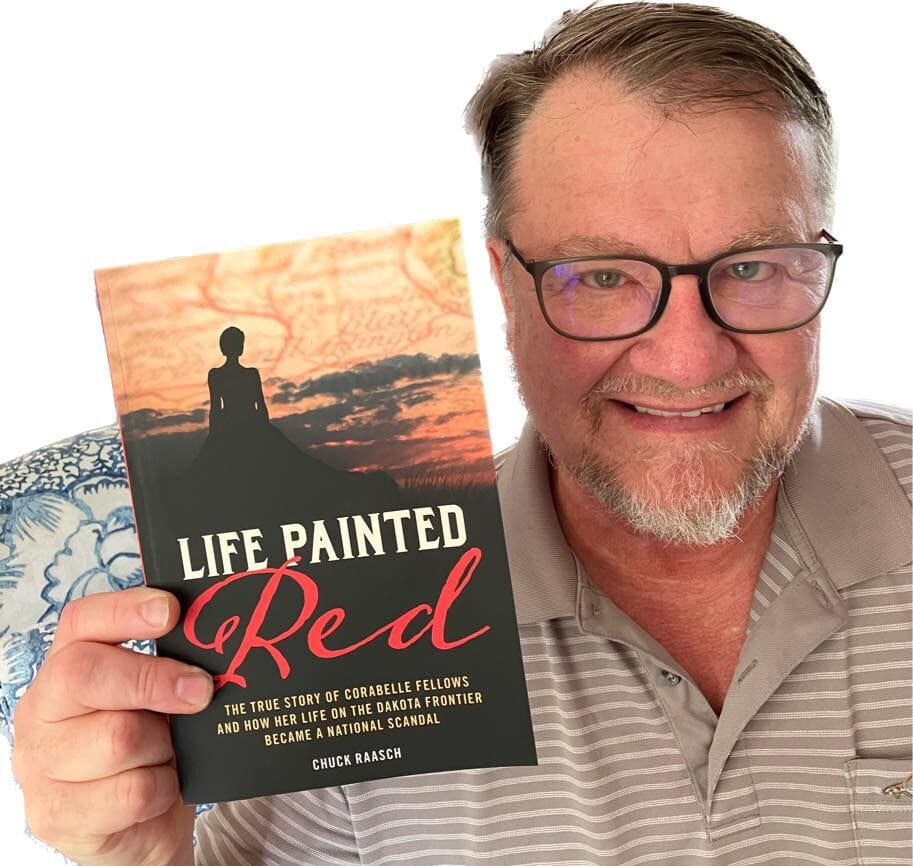Editor’s note: Chuck Raasch is an author and journalist. A native of South Dakota, he was a national correspondent for USA TODAY, Gannett and the St. Louis Post-Dispatch, and has had bylines from 49 states and five continents. Raasch was a Knight Fellow in Journalism and Stanford University, and currently leads tours for the Smithsonian Institution. This is the backstory on his latest work.
In a time when literary classics are being challenged, banned or censored; when parents, teachers and school administrators are struggling over the history to teach; when some politicians think they’re the arbiters of expression, the biggest danger comes when we sanitize or even deny the uncomfortable and the shameful in history.
Humans are not perfect, and neither is their history. Some today don’t seem to get that. They equate acknowledging the sins of our past with being unpatriotic, anti-American. Just the opposite is true; learning from history’s hard truths and transgressions is the act of an enlightened patriot.
Over the past few years, as debates over how to tell the history of America has shaken the culture, I have been researching and writing a non-fiction book about an interracial marriage on the Dakota Frontier in the 1880s. This true story seems especially timely and relevant at a time when racial and cultural tensions are high and too often fanned by those who would aspire to lead.
Even before it began, the marriage of Corabelle Fellows and Sam Campbell – she a white woman, he a man of mixed Sioux and white blood – was scandalized in newspapers all over the nation. Corabelle was disowned by those who ostensibly loved her; Sam was shunned or ridiculed in cruel, racist, made-up stories. These two young people were among the first victims of a yellow press of the late 19th Century that wracked one of most formative eras in American history.

‘Life Painted Red’ was 35 years in the making
My book, “Life Painted Red: The True Story of Corabelle Fellows and How Her Life on the Dakota Frontier Became a National Scandal,” was released Sept. 1.
I first ran across the Sam-Corabelle story almost 35 years ago during an early-career fellowship at Stanford University. It’s taken decades to finally get back to it, but I am glad I did, for it’s a story that can enrich our understanding of the past through the experiences of people too often marginalized in frontier history.
I had taken a year off from my job as a national newspaper correspondent to dig more deeply into how place shaped American ideology and politics. The frontier is deeply embedded in American mythology, and it still shapes American culture and politics. If you doubt it, read on.
While trying to understand how where we live and where we migrate to affects politics, I spent hours perusing old newspapers from the 1880s. I ran across an advertisement in a St. Paul, Minnesota, newspaper, from the spring of 1884 that forced a double take. The ad’s blatant racism and sexist exploitation is cringeworthy more nearly a century and a half later.
“She Loves A Savage” the headline of the advertisement in the St. Paul Globe blared in giant type. It invited customers to gawk at the mixed-race couple at a dime museum in the Twin Cities. Sam and Corabelle would appear alongside a man wrestling a bear, a woman purportedly 9 feet tall, a man said to weigh 732 pounds, and other extreme so-called freaks. The curious came by the thousands to the freak show.

‘Is the yellow press bygone history?’
Sam and Corabelle had gone on the circuit to save money to buy a farm on the Cheyenne River Reservation west of the Missouri River. The couple did not live happily ever after.
Knowing the story of Sam and Corabelle opens the door to challenges many faced on the Dakota Frontier. It’s a history no caring human should want to repeat. Yet stories like these are often glossed over or become the targets of scolds and censors on the political poles, often for totally different reasons.
Today, some on the left would take umbrage with the repeat of the word “savage.” They’d scrub it from history in the name of tolerance. Some would wonder why a 140-year-old marriage is relevant today. Others would argue we’ve advanced far beyond the debasement of the freak shows of the 1880s. Many would say the yellow press is a relic of history that sank when critics blamed William Randolph Hearst, the son of Homestake Gold Mine owner George Hearst, for allegedly sparking the Spanish-American War to sell newspapers.
Support News Watch: Donate today
There are logical counterpoints to all these claims that help us better understand the present.
First, to truly grasp the transgressions of the past, they must be fully, factually remembered. Scrubbing words like “savage” that were purposely used to demean, deny and dehumanize Native people dilutes our ability to understand just how deeply that racist, sexist language was embedded in the culture and how far along we have come in countering it. And how far we have yet to go. If you disagree on that latter point, spend a day gorging on an average Twitter feed.
On the issue of interracial marriage: I live in Virginia, where it was illegal for blacks and whites to marry until the Supreme Court struck down the prohibition in 1967. Yes, 1967. During the lifetimes of roughly a third of living Americans.
Freak shows? Today, they are called “reality shows,” where the empty celebrity of the Kardashians, the stupid exploits of the idle rich or the struggles of the morbidly obese are exploited and monetized.
Is the yellow press bygone history?
The din from cable talking heads intent on sharpening or exploiting our divides, in scaring viewers rather than understanding them, says otherwise.
The proliferation of “news” sites chasing monetizing clicks by focusing solely on the freakish and outlandish dilute the good around us and divert us from real problems. Hosts on so-called news cable channels, egged on by some politicians, are openly talking of a second Civil War. If they truly understood how the first one tore this country asunder, they might comprehend how dangerous that talk is.

'Life Painted Red' a telling of history through stories of the forgotten
Which leads back to Corabelle and Sam.
Too much of our frontier history was written by, and about, white men. We can backfill with more stories of the forgotten or the marginalized. My book is one small attempt at that.
Had I not traced the path that had led up to “She Loves A Savage,” I never would have discovered an incredible woman named Elizabeth Winyan. She lived a life of adventure as a Dakota Sioux mother and grandmother. By the 1880s, she was well known on the frontier as a woman of extraordinary physical and intellectual power. Forced as a young woman from her beloved home along the Minnesota River to a wild and unfamiliar reservation west of the Missouri, Winyan spent her entire life helping Natives and whites soften the hard edges of the frontier. She’d have a good laugh at today’s politicians bragging about the legacy of freedom in South Dakota.
Elizabeth and Corabelle bonded like mother and daughter as they taught school and tended to the sick and hungry. They lived with people of a Native civilization being overrun by one pushed west by Horace Greeley’s Manifest Destiny.
Elizabeth and Corabelle yearned for freedom for the people they served. Freedom from want, freedom from exploitation, freedom to express, freedom to move, freedom to believe in any way they wanted. A universal yearning of all human history.
"Life Painted Red" can be purchased at Amazon.com or other book stores.







